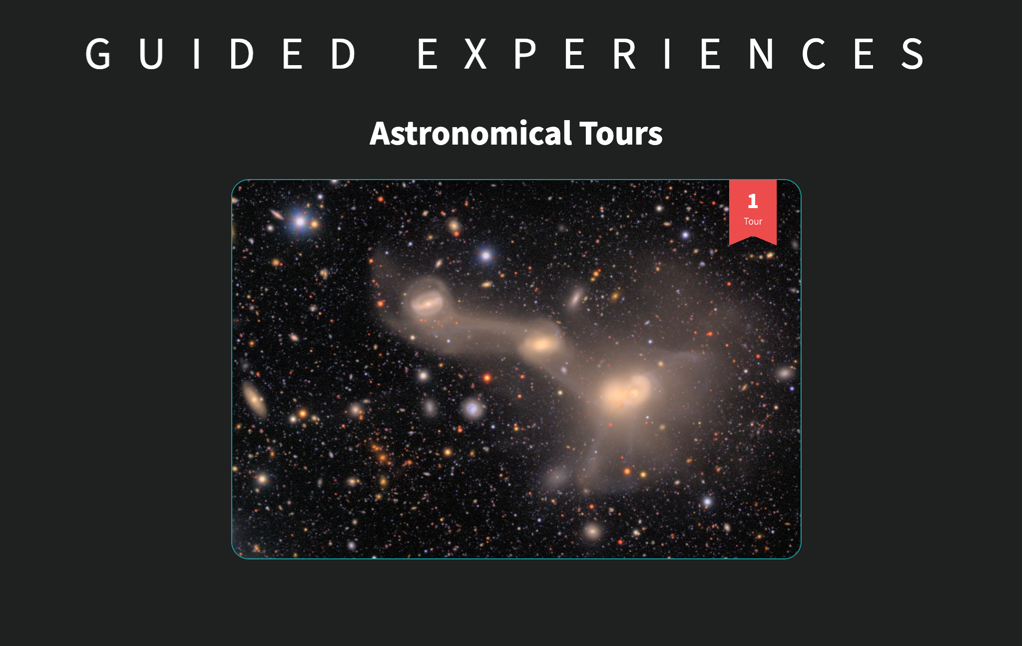Breaking: A New Era of Discovery Has Begun! The Rubin Observatory's First Light
Get Ready, Astro-nuts! Your Universe Just Got an upgrade: Here's your Front-Row Seat to a new Interactive Exploration of the Cosmos.
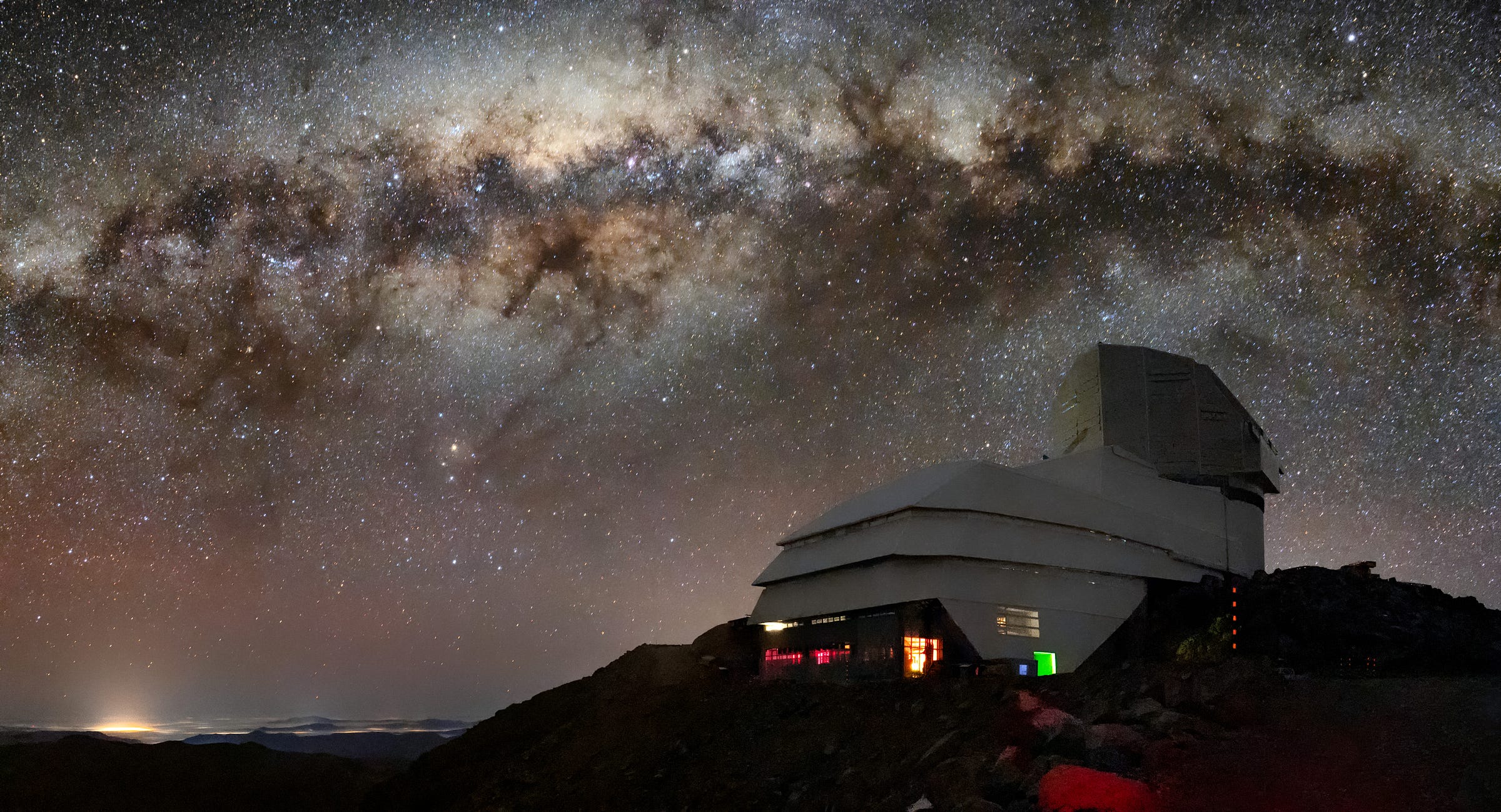
Hold onto your eyepiece caps (not that our DWARF’S have either) because a monumental moment in astronomy just happened, and it's set to revolutionize our understanding of the cosmos! The NSF–DOE Vera C. Rubin Observatory in Chile, a project two decades in the making, has unveiled its first incredible images, marking the beginning of a new era of discovery. And guess what? This means exciting opportunities for you, our dedicated DWARF 2/3 users!
Rubin's First Look: A Glimpse into the Future
On June 23, 2025, the Rubin Observatory hosted its highly anticipated "First Look" event, unveiling the initial images captured by its groundbreaking LSST Camera—the largest digital camera ever constructed. These initial images, taken during the commissioning process, already showcase the observatory's phenomenal capabilities. They've captured millions of galaxies, including the Milky Way, and, in just 10 hours of test observations, even discovered thousands of previously unseen asteroids. This is just a tiny preview of the treasure trove of data that's coming our way.
You can explore some of the stunning initial imagery and learn more about this groundbreaking moment by checking out the official Rubin Observatory news here or the University of Cambridge's take on it here.
The Legacy Survey of Space and Time (LSST): The Ultimate Cosmic Movie
Starting later this year, the Rubin Observatory will begin its primary mission: the Legacy Survey of Space and Time (LSST). This is a ten-year astronomical survey designed to map the Southern Hemisphere sky. It will utilize a wide-field telescope and a large digital camera to create a time-lapse movie of the cosmos, capturing images of the same areas of the sky repeatedly every few nights. This survey aims to address fundamental questions about dark energy, dark matter, the Solar System, the Milky Way, and the transient optical sky.
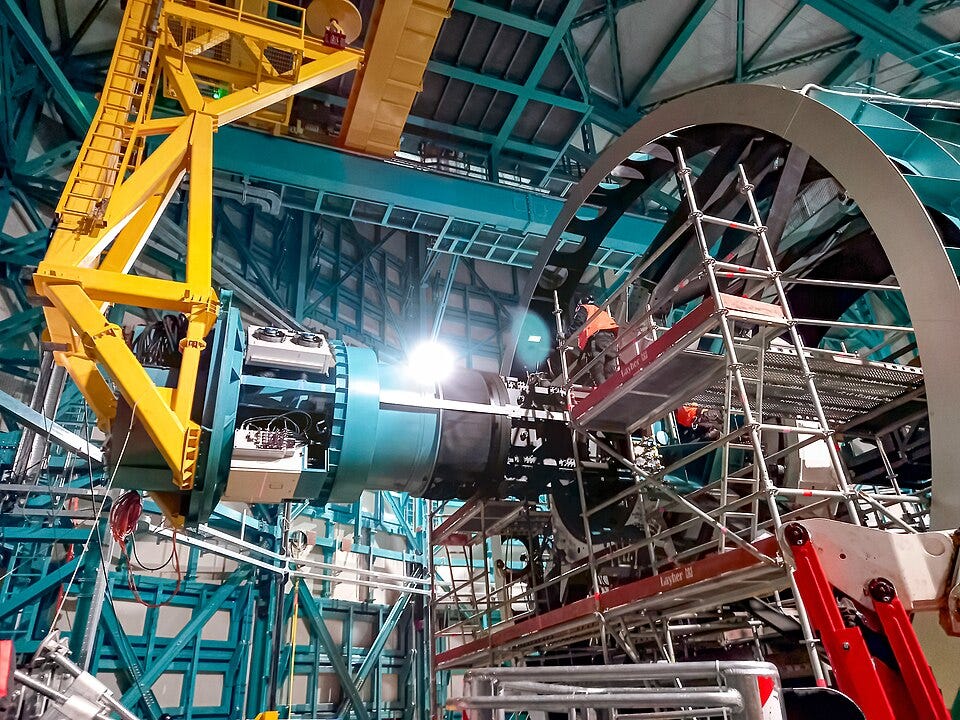
Here's a more detailed breakdown of this incredible endeavor, as you will read, it’s along the lines of a massive DWARF scope (just dreaming):
Key Features:
Wide-field Telescope: The Simonyi Survey Telescope boasts a 3.5-degree field of view, enabling it to capture a vast area of the sky with each exposure, equivalent to approximately 45 full moons (A few more than our DWARFS)!
Large Digital Camera: The LSST Camera is indeed the largest digital camera ever built, boasting an astonishing 3,200 megapixels, which enables it to capture incredibly detailed images of even the faintest objects.
Ten-year Survey: The survey will run for a full decade, collecting data on a nightly basis to create an unprecedented time-lapse movie of the sky, revealing changes in the cosmos over time.
Sounds like the perfect IMAX movie for me!
Deep and Fast Imaging: The LSST will be both deep, reaching far into space to detect faint objects (down to magnitude 24.5 in a single 15-second exposure( yeah this beats our DWARFS hands down)), and fast, with short exposure times (15 seconds every 17 seconds(WOW)) to capture rapidly moving or changing objects.
Data-intensive: This survey will generate a massive dataset of approximately 500 petabytes over its lifetime, requiring advanced data processing and distribution capabilities.
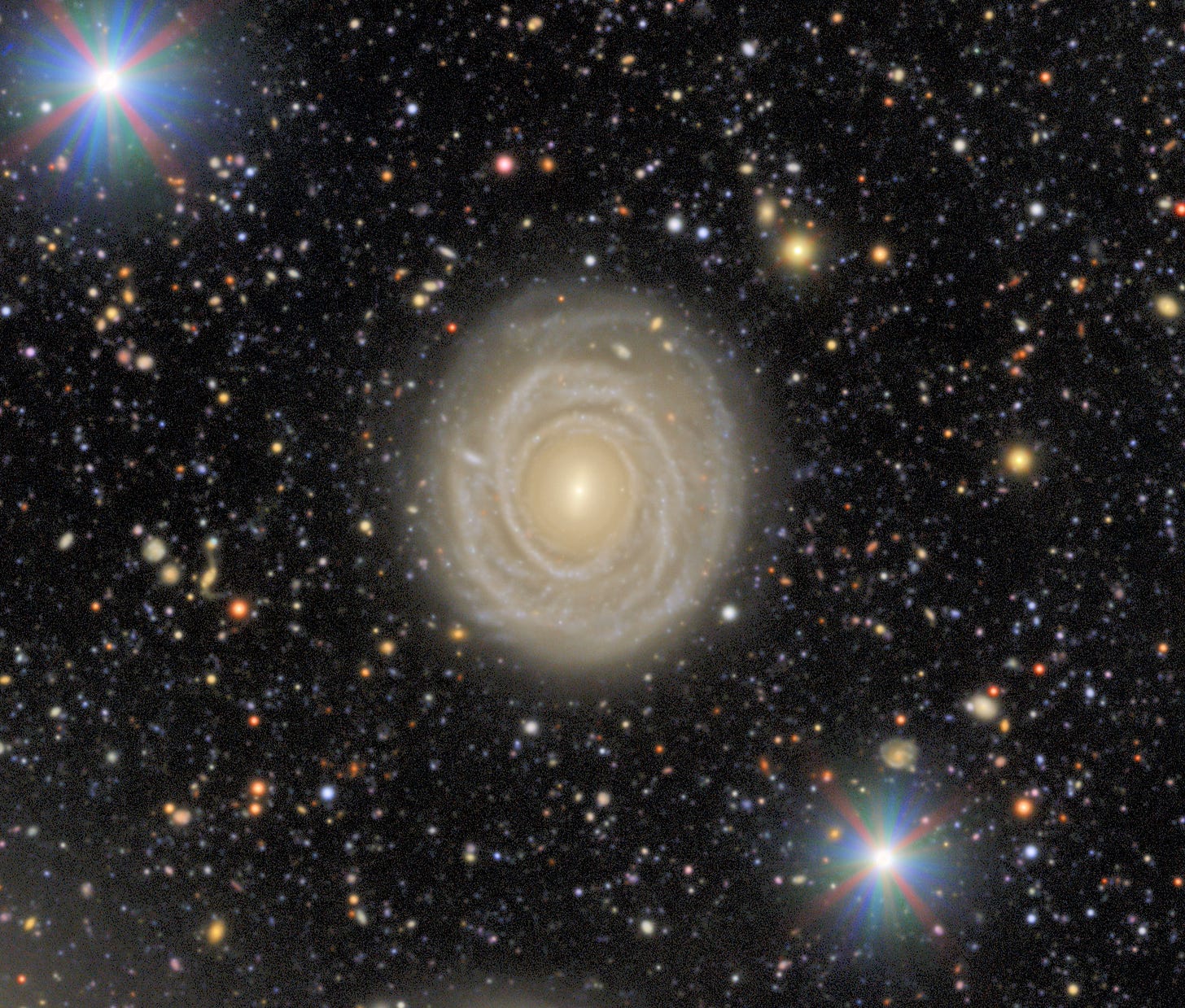
Scientific Goals:
Understanding Dark Energy and Dark Matter: By studying the distribution and evolution of billions of galaxies, the survey will provide crucial data to help scientists understand the mysterious nature of dark energy (which drives cosmic expansion) and dark matter (the invisible scaffolding of the universe).
Mapping the Milky Way: The survey will create an incredibly detailed map of our home galaxy, the Milky Way, revealing the distribution and motion of its billions of stars, gas, and dust, and shedding light on its formation and evolution.
Inventory of the Solar System: LSST will detect and track millions of asteroids and comets—10 to 100 times more than currently known—providing a comprehensive inventory of the Solar System and revolutionizing planetary defense efforts by identifying potentially hazardous objects.
Exploring the Transient Optical Sky: By continuously monitoring the sky for changes in brightness and position of objects, the survey will allow scientists to study supernovae, variable stars, and other transient phenomena, generating real-time alerts for new cosmic events.

The Rubin Observatory's LSST is expected to revolutionize our understanding of the universe by providing a vast and detailed dataset for astronomers worldwide. The survey will generate a wealth of discoveries, addressing fundamental questions about the cosmos and potentially leading to insights we haven't even imagined yet.
A Citizen Science Opportunity for Dwarfer's: Compare and Contribute!
This is where you, our incredible Dwarfer's, come in! The Rubin Observatory's LSST will produce an open, public archive of data, inviting everyone to explore its wonders.
Just imagine this: Rubin is imaging vast swathes of the sky with incredible depth. Many of the objects it captures, especially the fainter ones, might already be within reach of your DWARF 2/3!
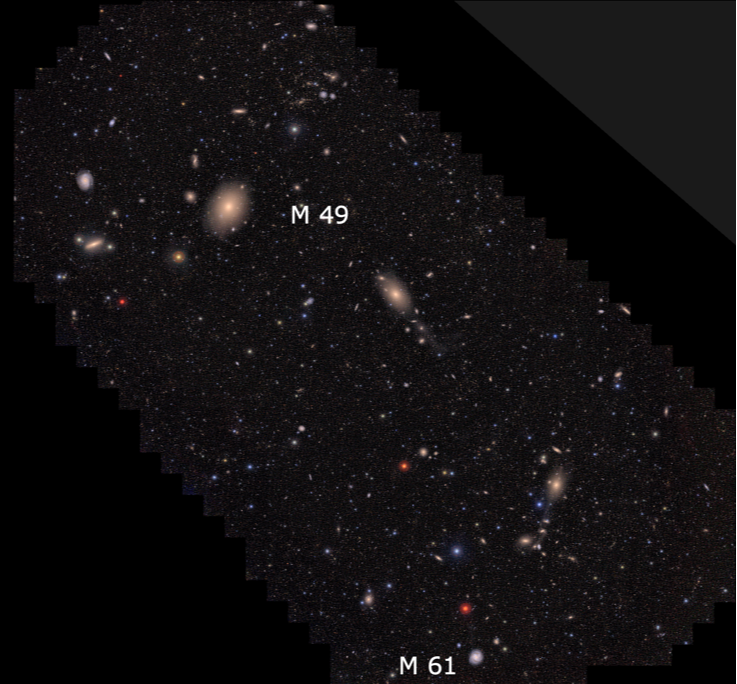
Your Mission, should you choose to accept it:
We invite you to take on the challenge! As Rubin releases its initial data and eventually its complete LSST catalog, try to image the same "slice of sky" that Rubin has observed. ( M49 to M61)
Capture a DWARF image: Use your DWARF 2/3 to image a region of the sky that Rubin has just released data for.
Compare: How does your DWARF image compare to the Rubin's mind-bogglingly detailed shots? While Rubin's images are on an entirely different scale, your DWARF 2/3 offers accessibility and real-time observation from your backyard.
Identify: Can you identify any of the brighter objects in your DWARF image that also appear in the Rubin data? This can be a fantastic way to learn object identification and scale.
Citizen Science: Your observations, even if just for practice, contribute to the growing community of citizen astronomers. Many citizen science projects are expected to emerge from LSST data, and your familiarity with capturing wide-field images will be a tremendous asset.
The Rubin Observatory also plans to partner with platforms like Zooniverse for citizen science projects, offering direct ways for you to engage with this massive dataset. This is a game-changer, Astro-nuts!
Let's witness history in the making and embark on this cosmic adventure together!
Clear Skies and Happy Imaging!
Duncan from DwarfVision
Dropping soon on DwarfVision!
The DwarfVision Summer & Fall Milky Way challenge - 20+ DSOs mingling with the Milky Way to challenge your D2/D3 capture skills!
The DwarfVision Shop - We have a range of custom posters and charts all derived from D2 & D3 captures, PLUS HOW-To guides and Courses dedicated to your DWARF passions! (sounds so wrong :)
The DwarfVision DATA CLUB - We are finalizing the details of our 50+ Object DB, with the first DSO for paying subscribers set to drop soon!





